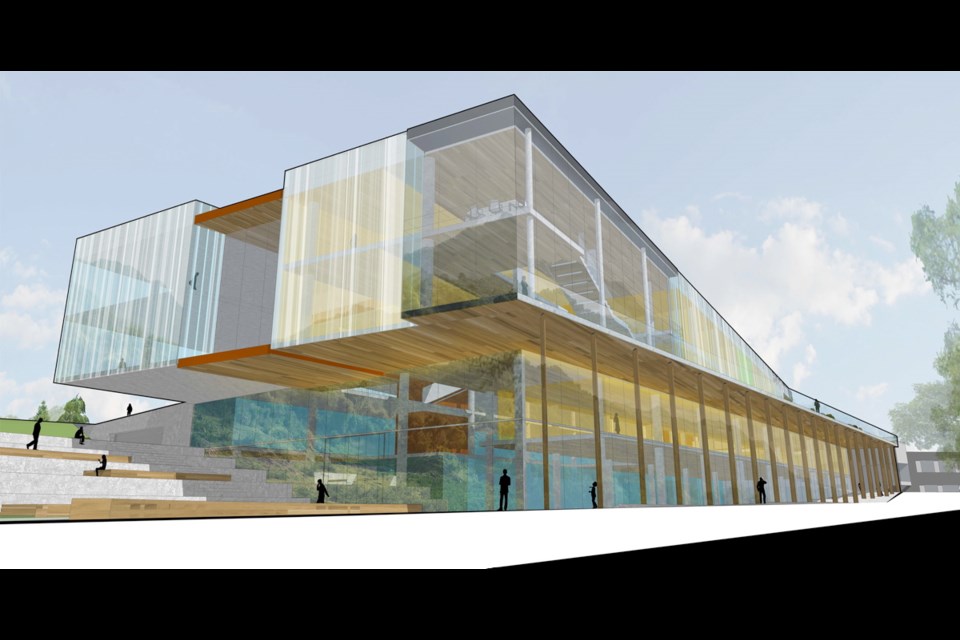About 1,000 Camosun students will study health sciences and about 500 Royal Roads University students will engage in environmental science thanks to $70 million in new construction at the institutions.
The new buildings, a $48.5-million health science centre at Camosun College’s Interurban Campus, and a $21.5-million building at Royal Roads devoted to environmental science and international partnership, were announced Thursday.
Andrew Wilkinson, B.C. minister of advanced education, was among the speakers at the announcement. He gave credit to local planners for being ready when the federal government announced its intention to partner with provinces in its $2-billion Post Secondary Institutions Strategic Investment Fund.
“These things don’t happen by accident and take a lot of planning,” Wilkinson said. “But we were able to take advantage of the federal funding very quickly.”
In a statement that was read to the gathering, Navdeep Bains, federal minister of innovation, science and economic development, praised the projects. “It’s how Canada will become a world leader, turning ideas into solutions, science into technologies, skills into jobs and startups into global successes,” Bains said.
The Camosun project is planned as an 8,300-square-metre building on land next to the Pacific Institute for Sport Excellence. The building will be paid for with $31 million from the province, $12.5 million from the federal government and $5 million from Camosun.
Royal Roads is planning major renovations to its historic Mews building for 4,800 square metres of new and renovated space. The building will be paid for with $9.3 million from the federal government, $5.7 million from the province and $6.5 million from private donors.
The expanded Royal Roads building will house computer labs, wet labs and student common areas.
The Camosun and Royal Roads projects are to be completed by spring 2018; otherwise they risk losing the federal contributions.
Sherri Bell, president of Camosun College, said the new health sciences building will house 18 health science programs, including nursing, community mental health, and athletic and exercise therapy.
Most importantly, students in the programs will be able to confer, communicate and collaborate with each other, Bell said.
“This allows us to bring all of our programs together and do real-world work with this cross-pollination and have inter-disciplinary conversations,” she said.
“It’s what happens in real health facilities within the province.”



